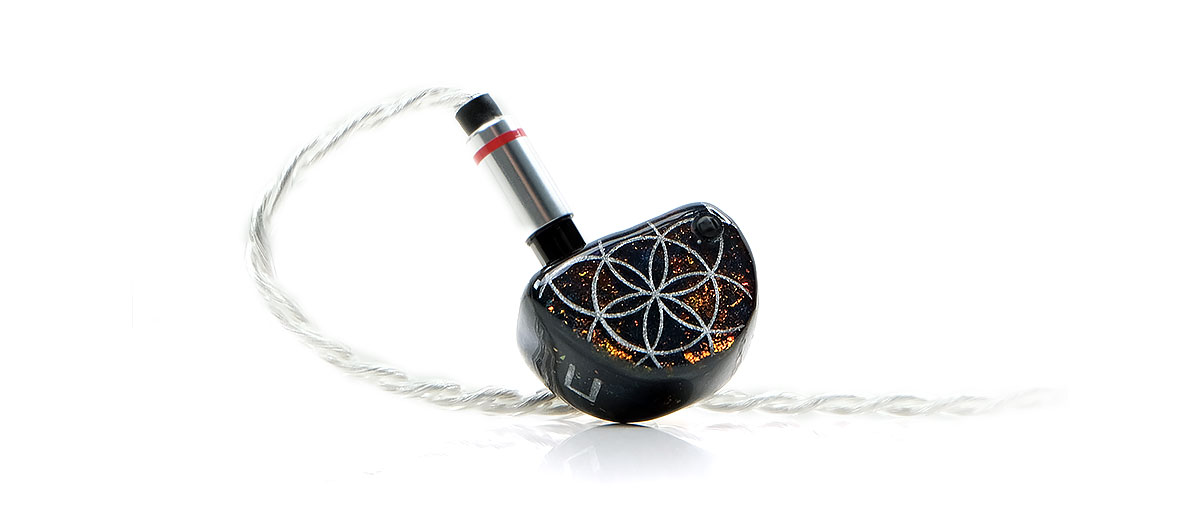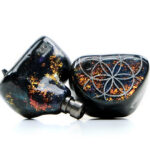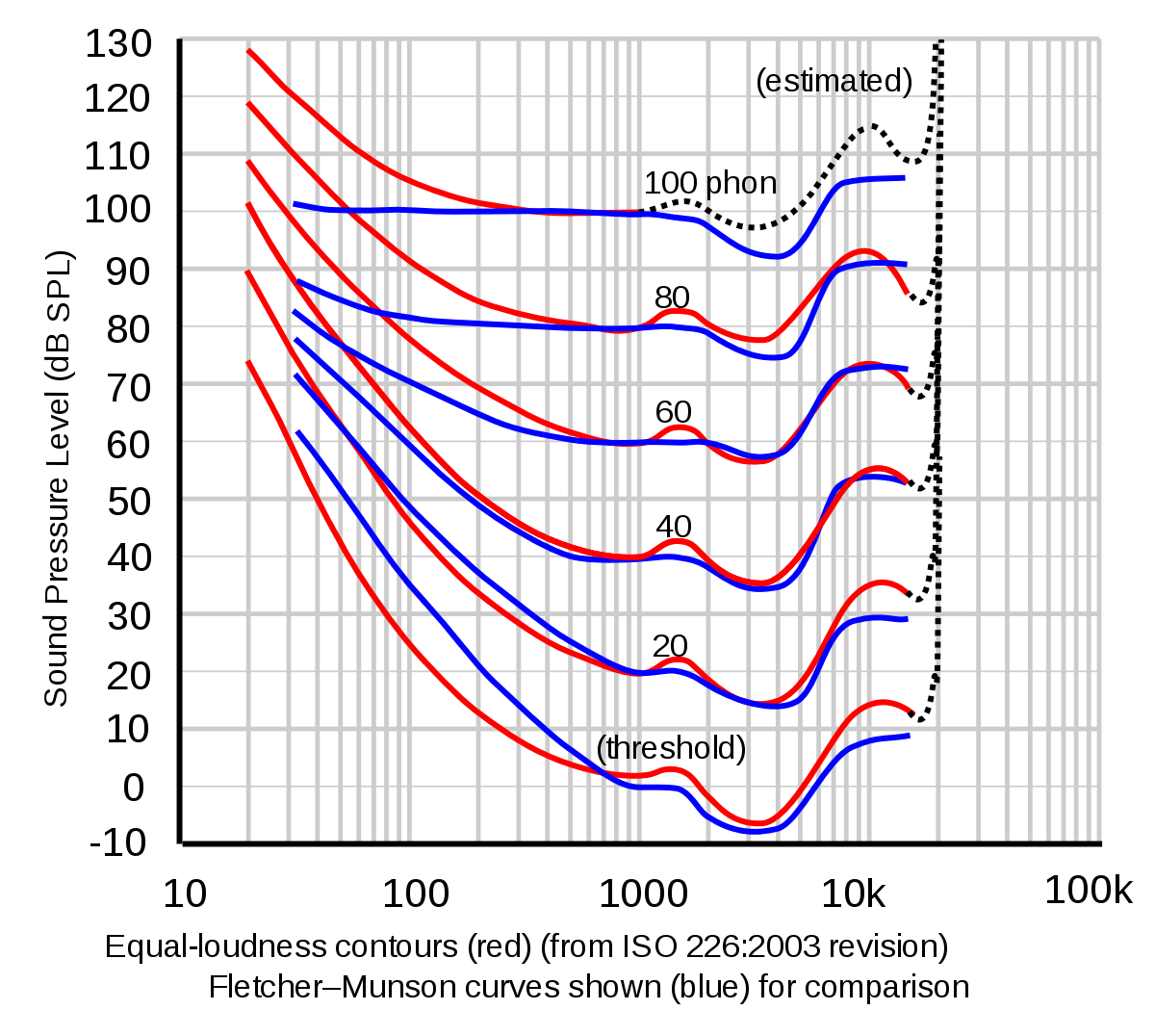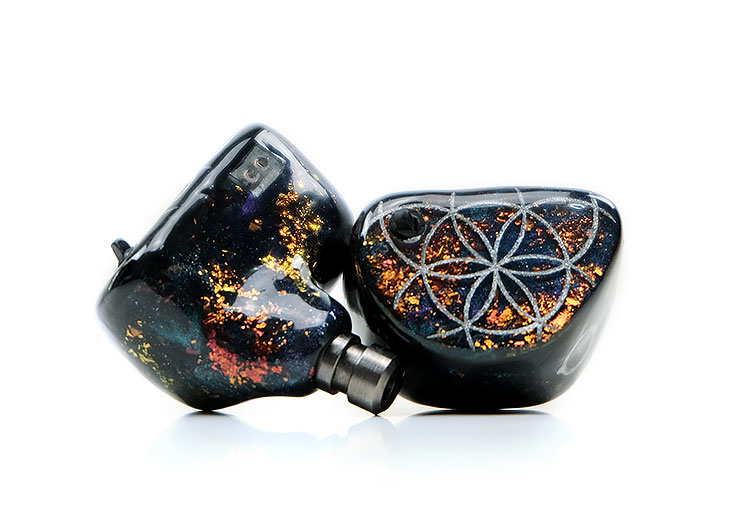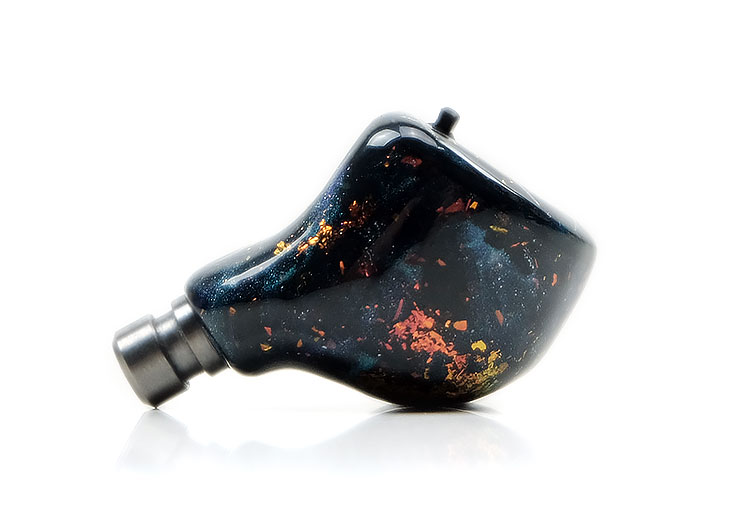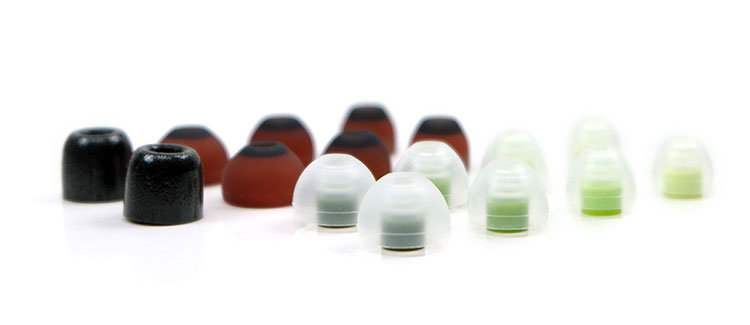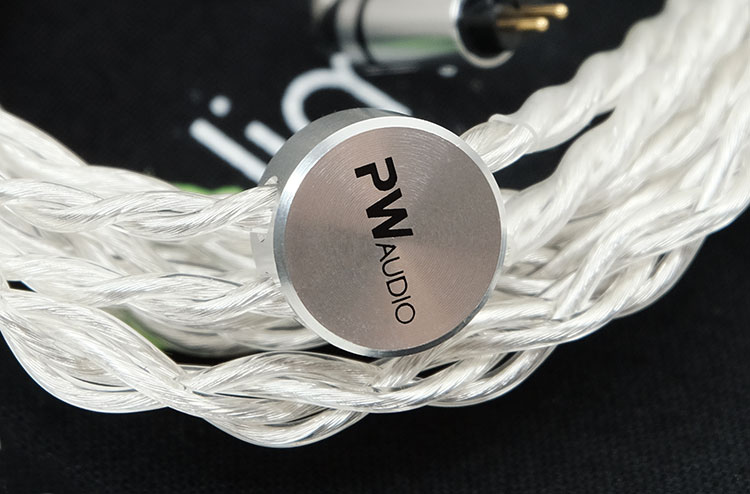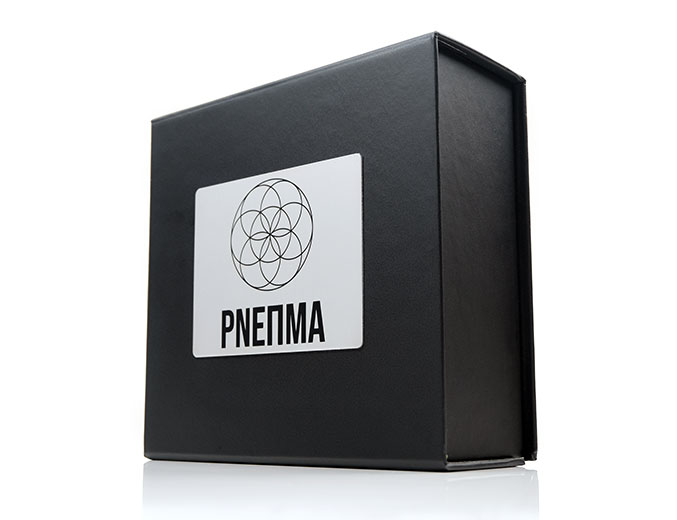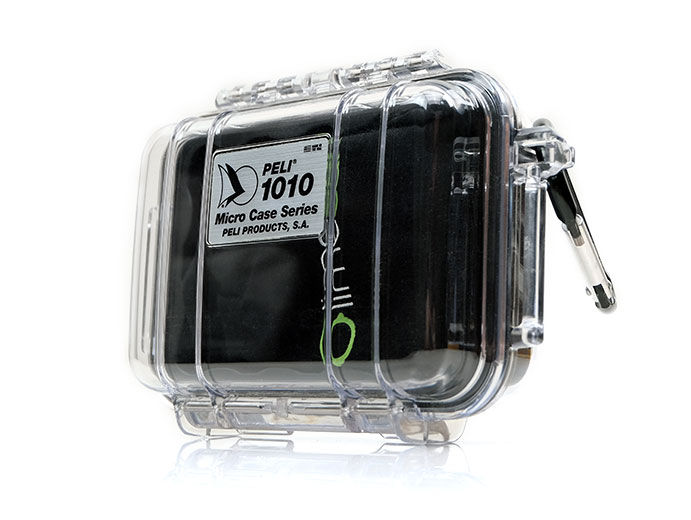The Lime Ears Pneuma is a new flagship hybrid 5-driver universal or custom IEM using a switchable subwoofer titanium dynamic driver. It is priced at €1800.
Disclaimer: The Lime Ears Pneuma sent to us is a custom sample in exchange for our honest opinion. We thank the team at Lime Ears for giving us this opportunity.
To read more about Lime Ears products reviewed on Headfonics click here.
Note, this review follows our new scoring guidelines for 2020 which you can read up on here.
Lime Ears rarely churn out new products on a frequency cycle that we are now sadly used to seeing in portable audio these days. In fact, outside of the revised Aether R from last year, the new flagship Pneuma is the first really ‘new’ product to hit the proverbial retail shelf since the Model X back in 2017.
It is also Lime Ear’s very first hybrid multi-driver monitor so yeah, welcome to the party Emil & Co, nut cutlets to the left, malt beer to the right, Tool albums dead ahead.
It is not a complete break from the past, however. What makes Lime Ears, well, Lime Ears is still there such as bass switches, VariBore, and of course, a dash of lime somewhere in the packaging.
And we did say flagship so the Pneuma is positioned as the new top dog and well above the previous headline grabber, the all-BA Aether R, at €1800 or just over $2000 US. We are playing with the big boys this time around.
Tech Inside
Configuration
The Pneuma is a 5-driver hybrid monitor with a single 7mm titanium diaphragm dynamic driver and a 4 balanced armature driver design. You can get it in both universal and custom designs, (this one is a universal finish).
This configuration is a little unique from regular hybrids IEMs because the dynamic driver range is limited to sub-bass frequencies only and does not cover the mid or upper bass range.
Instead, the rest of the bass response is covered by a dual woofer BA driver up to the lower-mids, with a single full-range BA for the mids and a tweeter for the highs. All of this is stitched together using a four-way passive hybrid crossover.
The reasoning behind the Pneuma configuration from Lime Ears is to try and remove the potential for softness and bloom some dynamic drivers have for mid to upper bass but not the excellent depth and natural levels of decay.
By using the more defined sound of a dual bass BA beyond 100Hz the aim is to fuse the power and natural body from the dynamic driver with the pace and detail of the faster armature diaphragm movement.
That specific frequency focus may also be why Lime Ears chose to go with a smaller 7mm for its dynamic driver inside the Pneuma rather than a 9-10mm range you see in competing hybrids. The only flagship I can remember off hand with a smaller dynamic driver is the special isobaric 6mm inside the AAW Canary.
Switchable Signatures
Lime Ears has been using switching technology now for years for bass enhancements from the original Aether and Model X right up to the Pneuma. This is basically a small physical switch at the front of both left and right ear shells that allows you to boost or reduce the bass and various other aspects of the FR to compensate via the Fletcher-Munson Law (FML).
Crudely speaking, this is a refinement of how loud one frequency is compared to another in mathematical terms so that the listener perceives the sound to be balanced rather than skewed to one frequency being louder than another.
The precise amplitude has varied a little since the original design with the Aether R actually being quite a subtle bass boost of round 3-4dB compared to the Model X. The Model X ramped it up to around 8dB at its highest boosted peak and made quite a difference between bass off and bass on.
The Pneuma sits somewhere in the middle of these two for bass boosting with a range of around 3-6dB depending on where you analyze the overall curve with 6dB mostly affecting the absolute low-end or the sub-bass response and 3dB most likely around the vocal presence region.
VariBore
The legacy tech inside the Pneuma continues with the inclusion of VariBore which has been a mainstay of all of their monitor designs since Model X.
VariBore is variable bore sizing for groups of BA or frequencies delivery. Each bore has a different width, so you have 1mm for the low end, 2mm for the mid and high end. Different bore sizing will affect the type of signal produced with larger openings lowering the level of resonance and tighter openings enhancing the low-end presence.
BAM
This is something new to me and specific to their use of hybrid technology and stands for Backfiring Acoustically-damped Membrane. and again, it seems to draw from Emil’s acoustical engineering background. It has evolved from an engineering solution originally used in bass reflex enclosures for studio monitors and capitalizes on the energy emitted from the back of the diaphragm when moving.
This is further enhanced by an open-cell memory foam material applied for damping on the dynamic driver to further decrease acoustic resonances inside the Pneuma acoustical chamber.
Design
The Pneuma custom option can be designed as you see fit, however, the universal comes in one design scheme only. It is just as well then that I think this is possibly Lime Ear’s best design to date and I say that having reviewed their gear for the last 3 years.
This is a colorful and attractive collage of reflective color-shifting red flakes and a base blue. The exact color combination is never quite the same because they change color depending on the intensity of the light shining on them. In our pics sometimes they came out red or orange, even yellow. It never feels fixed which I find very unique and interesting.
The white faceplate print is what they call a “sacred geometry’ or seed of life symbol representing creation which is Lime Ears’ inspiration for the design.
The materials are an all acrylic hollow body design with a stainless-steel nozzle so it remains quite light both in the hand and in the ear. Of course, being a custom manufacturer, the form factor is nicely contoured for a natural fit.
At the base of the faceplate, you will find the customary small black bass switch and thankfully it is discreet and does not break the Pneuma design aesthetic. My only tip here is to not be aggressive with these switches and keep them free of moisture if possible to ensure their longevity.
Comfort & Isolation
Because of the Pneuma body contouring and lightweight acrylic shell, this is one very comfortable fit for a universal IEM. It is not the most compact of shells but the shaping and weight really help to give it a minimal presence feel in the ear without any aggressive pressure on the bends and ridges in your ear.
The nozzle is also fairly long so the insertion depth is deep which I tend to prefer. It places a little less emphasis on the tips doing all the work though being a universal design the tips will play a strong role in the amount of isolation they offer.
One thing to note, I could not find a bass vent on the Pneuma shells, and that may be down to the fact the size of the dynamic driver at 7mm really does not need one. I remember the same with the Elysium‘s 6mm single dynamic driver they use for the mids. It is small enough to avoid needing an external venting hole.
The lack of port venting really helps up the isolation levels with the Pneuma to an above-average level for a hybrid monitor and you will get the same level you might expect from a BA drive model which typically isolates better due to a lack of venting.
Tips
However, tips play a role in the Pneuma’s isolation levels as well as fine-tune the sound signature. To that end, I am delighted to see they have included some quality tips in the package. More so that one of them is one of my favorite brands, Symbio, which I have not seen in an IEM package to date.
And it is just not Symbio plus a whack of cheap silicone OEM tips, it also SpinFit and a single set of medium foams tips. That is not exactly a cheap line up of tips though which one will suit you the best will come down entirely to personal preference and your ear shape.
The best fits for me in terms of isolation are the foam tips and the Symbio hybrids, (mix of silicone outer, foam inner). The SpinFits are the comfiest but isolate the least. The foams are the most memory retentive whereas the Symbio tips are a little firmer in the ear.
The Symbio tips are also more pressure-based so perhaps not as comfortable as the foams but sound a little punchier and vibrant compared to the relaxing and warm foam tip performance. The SpinFits offer a cleaner and more neutral sound but with less bass quantity and a more forward but leaner vocal.
Cable
Geometry
The Pneuma comes with PW Audio’s latest cable creation, the No. 10. Luckily enough we received the No. 10 earlier in the year and did a full review of it and for the price, it is a stellar performer. This is actually quite a big cable gauge wise compared to your standard fare 26AWG.
The size of each individual wire is at 24AWG which is 0.511mm diameter and 49.7 turns of wire. This is 20% bigger physically than a 26AWG wire and around 30% more turns of wire. The 4-wire configuration should, in theory, give a better performance in terms of dynamic range and lower resistance than smaller gauges.
The wire material itself is a single crystal OCC SPC wrapped in a transparent PVC jacket and possibly in a Litz Geometry given the No 10 is not prone to oxidization so it will not turn ‘green’.
Handling
Because of the 24AWG wire, the No 10 is a slightly thicker cable design but not on the level of 8-wire builds such as the EA Ares II 8-wire or the OC Studio Orpheus MK5. However, if you are coming from a Saladin 4-wire it is definitely on the bigger and heavier side. The use of the translucent PVC jacket means you get a ton of silver shimmer from the wire shining through.
For a 24AWG cable, the No 10 is very quiet indeed on the Pneuma, and honestly, the weight and balance are just right for me. If you are tapping above the splitter the lack of memory wire might give you a bit more microphonic noise but it is very low. This is also tempered by the enhanced comfort level in not having a memory wire at the connectors to dig into the back of your ears.
Finishing
There is one design change PW Audio has done on the No 10 for the Pneuma pairing since we reviewed it and that’s the splitter. On our review sample it was a wooden splitter but this time around they are using a more durable aluminum version.
Everything else remains the same, with a sturdy if somewhat bulky 3.5mm chrome finished jack and their brand heat insulation strain relief and chrome barreled 078mm 2-pin connectors.
Packaging & Accessories
There seems to be a concerted effort from Lime Ears of late to ramp up their packaging identity. The Pneuma packaging is perhaps their most ambitious to date and given it is a flagship that is probably just as well.
I know it can be shallow of us to place emphasis on the packaging but in marketing, a premium product does need something with a bit more fizz in its presentation to carry that premium moniker.
This is a fairly large flip lid black box with a metal Pneuma emblem (the U is actually a Greek Symbol for pi or Π) and the sacred geometry logo above. Inside, you get a nice dash of lime-colored packaging paper, (it had to be in there somewhere), with a transparent Pelican Case 1010 holding both accessories, drivers, and cable.
Accessories included are inside a few branded black velvet pouches with the Lime Ears business card at the bottom. Inside you get the following:
- PW Audio No. 10 cable
- Peli case
- SpinFit tips set (s/m/l)
- Comply foam tips set (m)
- Symbio tips set (s/m/l)*
- Cotton pouch
- Cleaning tool
- Warranty card
* I am not 100% sure that Lime Ears are continuing to offer the Symbio tips in their current Pneuma offering but I hope they persevere with them because they are excellent performers.
The Pelican case is unbranded which is unusual as their previous ones were smoky colored and branded which I prefer. However, these are pretty durable element-resistant cases with plenty of space for everything to fit in neatly.
Click on page 2 below for sound impressions and comparisons

